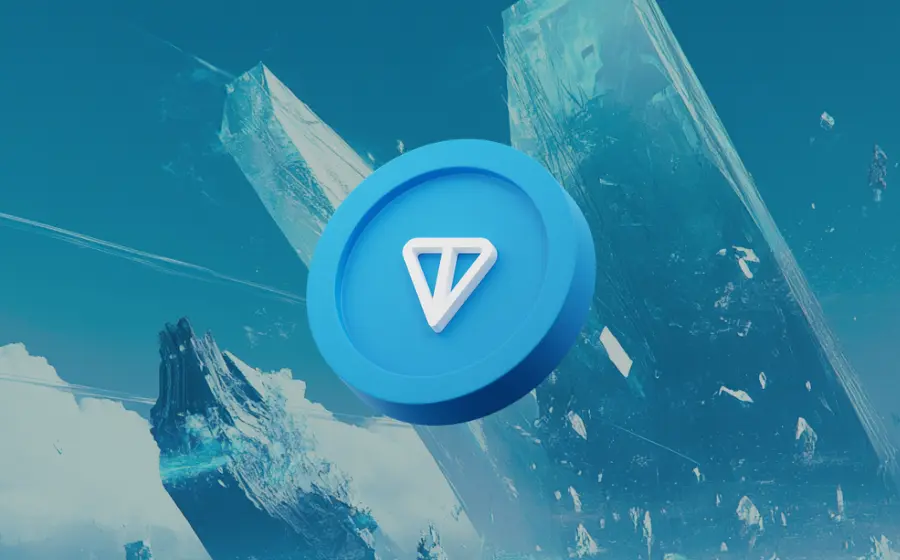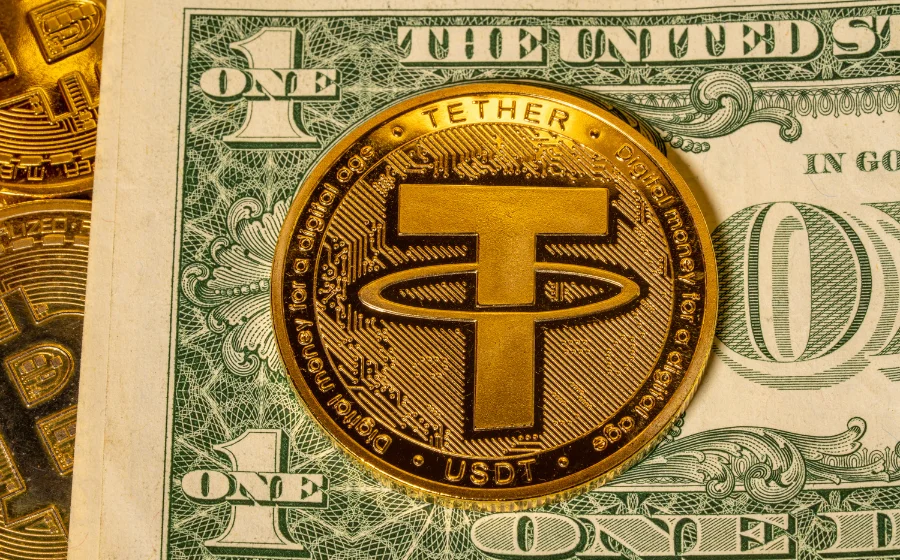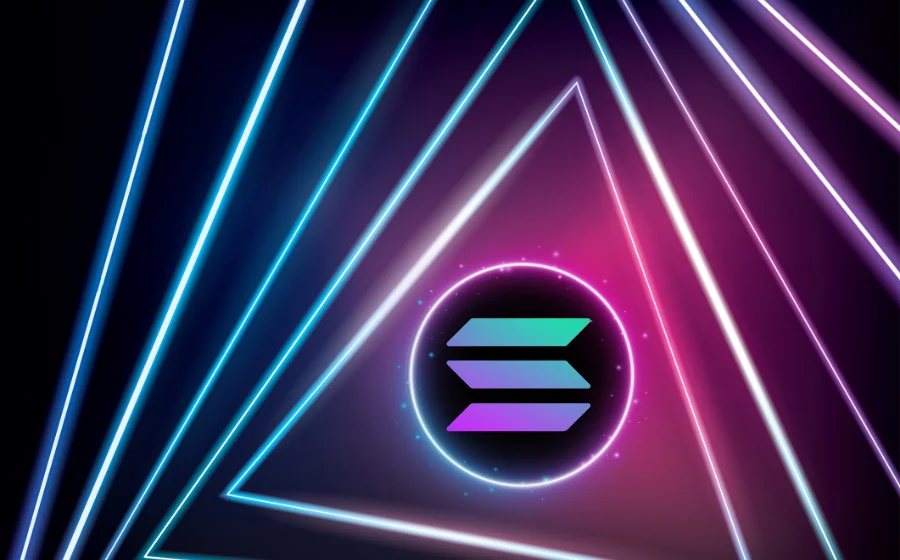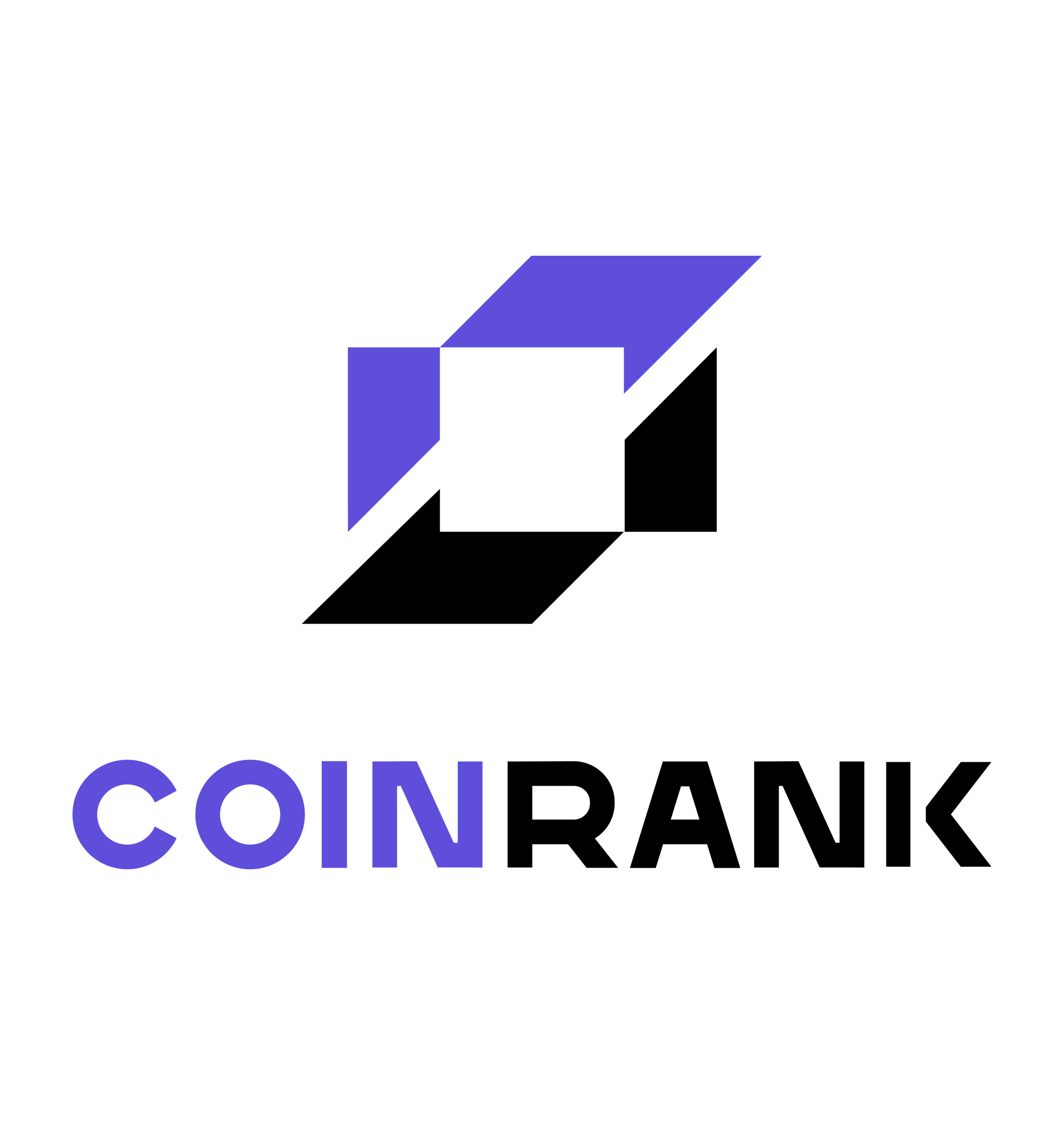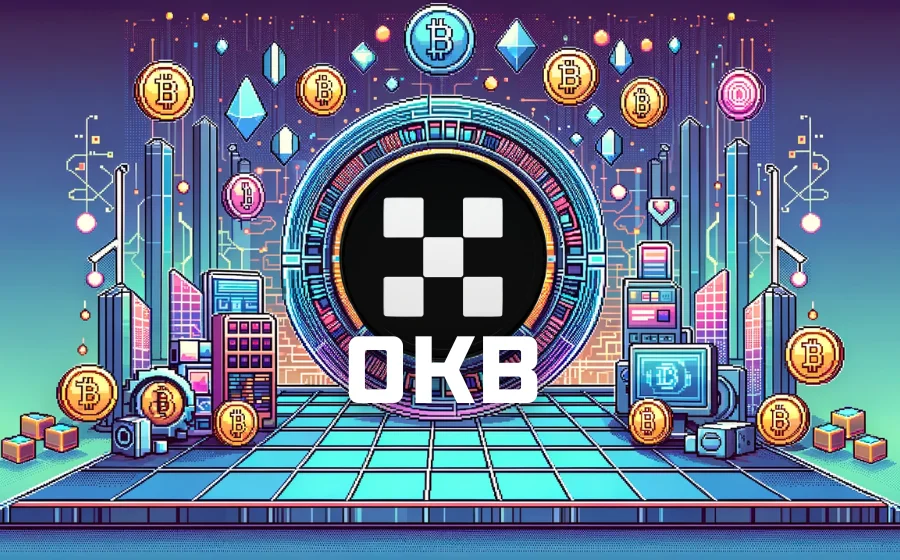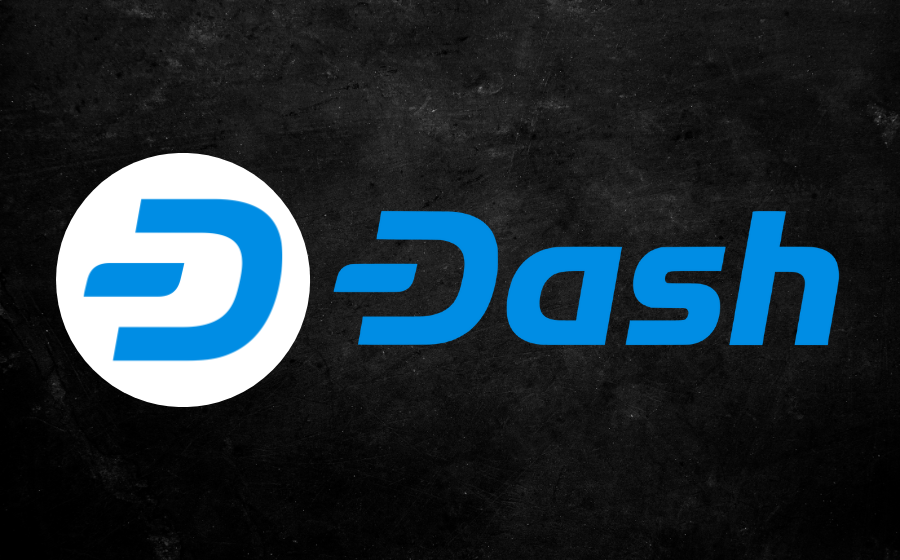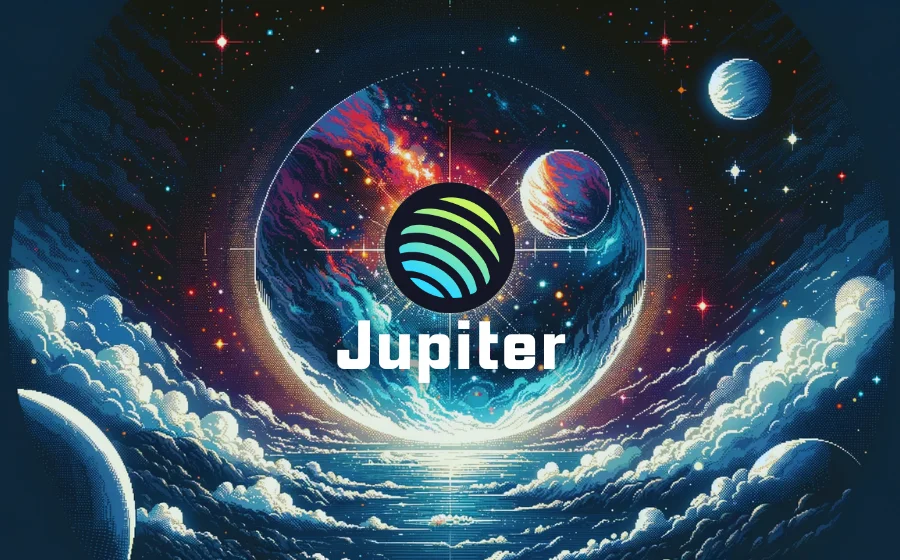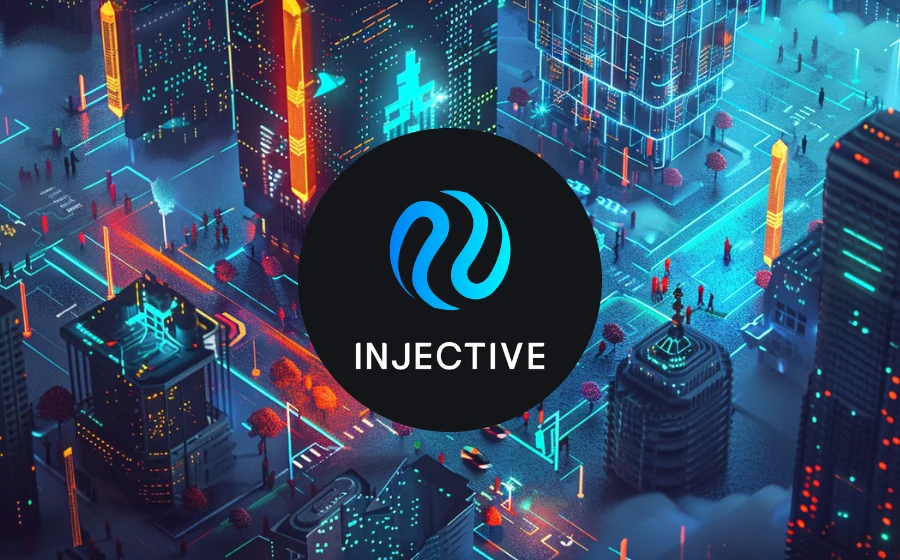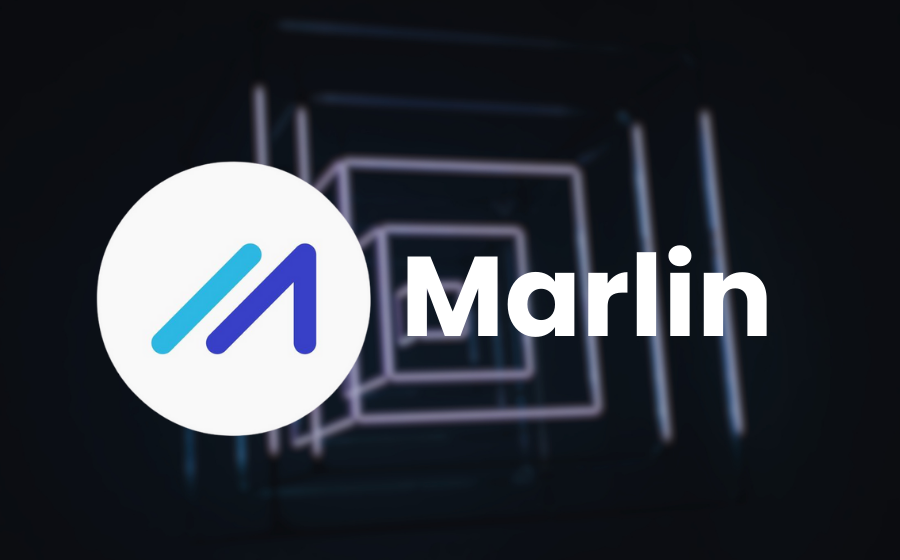
KEYTAKEAWAYS
- Marlin provides a true Layer 0 solution, enhancing blockchain speed, scalability, and security while addressing latency and throughput challenges.
- POND is the native token powering governance, staking, and incentives, forming a dual-token system with MPOND to secure and scale the ecosystem.
- Future adoption looks strong, as Marlin positions itself for DeFi, Web3 gaming, and enterprise use cases, making POND a key player in blockchain infrastructure.

CONTENT
Marlin (POND) is a Layer 0 protocol delivering high-performance blockchain networking. Learn its features, tokenomics, and future outlook for DeFi and Web3.
WHAT IS MARLIN?
Marlin is a high-performance network infrastructure protocol designed specifically for blockchains and decentralized applications (dApps). Think of it as the “highway” of the blockchain world — built to solve critical issues such as slow data transmission, high latency, and network congestion.
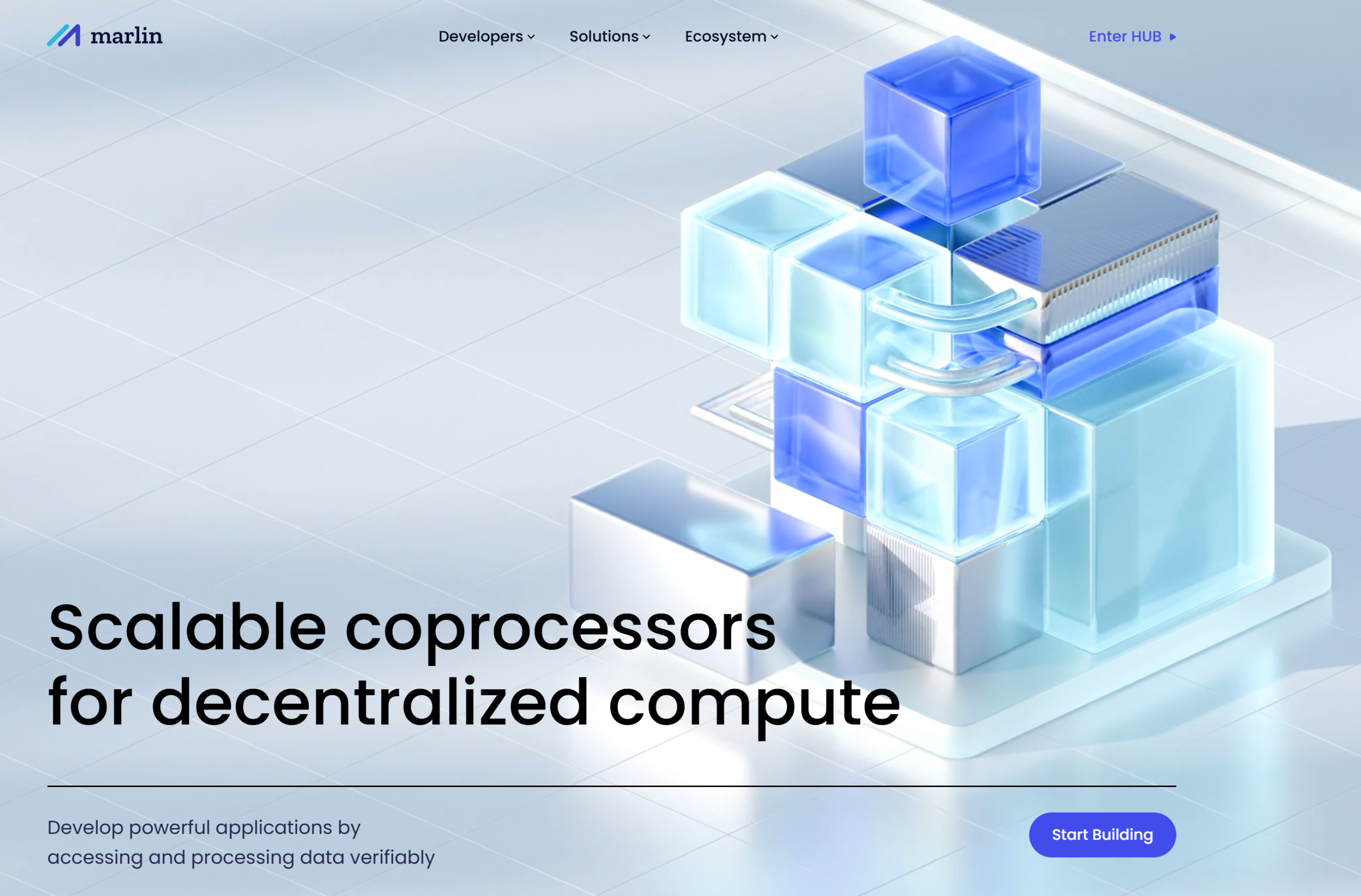
Unlike many blockchain projects that focus on application or protocol layers, Marlin delivers a Layer 0 solution. This means it operates at the very foundation of blockchain infrastructure, enhancing speed, security, and scalability for any project built on top. By doing so, Marlin enables smoother performance across DeFi platforms, large-scale decentralized systems, and Web3 applications.
📌 What Makes Marlin Unique?
Marlin stands out as one of the few protocols offering a true Layer 0 solution, designed to support a highly efficient networking layer while enabling broad ecosystem scalability. Unlike traditional scaling approaches that often struggle with the blockchain “trilemma” — sacrificing either performance, decentralization, or security — Marlin provides a balanced solution without undermining overall system stability.
Beyond its role as a Layer 0 protocol, Marlin also offers gateway solutions for both Layer 1 and Layer 2 testnets. This positions it as a versatile infrastructure tool capable of bridging multiple blockchain environments.
Security is another area where Marlin distinguishes itself. Its built-in encryption mechanisms safeguard network content, while the use of Metanodes reduces the likelihood of DDoS attacks, strengthening the resilience of the entire system.
>>> More to read: What is Arc? Circle’s Open Blockchain for Stablecoin Applications
HOW DOES MARLIN WORK?
The core mission of Marlin is to significantly enhance blockchain performance and scalability. Instead of functioning as just another Layer 1 blockchain, Marlin operates as a foundational Layer 0 network powered by a unique set of components and mechanisms.
1. Core Architecture & Node Types
The Marlin network is primarily supported by two types of nodes:
✅ Metanodes: These are the main contributors to the network. Metanodes handle tasks such as computation and data storage. Anyone can become a Metanode by staking POND or MPOND tokens and registering for tasks. To maintain trust, Metanodes are rewarded for completing tasks reliably and securely, while malicious or negligent behavior may result in penalties to their staked assets.
✅ Relays: Relays provide bandwidth and facilitate secure peer-to-peer communication and data transmission. They earn passive rewards for their contributions, functioning similarly to a Content Delivery Network (CDN) that optimizes routing paths for efficiency and stability.
2. Key Technologies & Applications
- Blockchain Distribution Network (BDN): Designed to support entrepreneurs entering the Marlin ecosystem, the BDN program provides funding and resources to kickstart projects and foster innovation within the network.
- Programmable Routers & Low-Latency Processing: Marlin leverages advanced programmable routers and optimized routing techniques to minimize latency. Nodes are incentivized to operate at peak efficiency since the most stable and high-performing ones receive greater rewards.
- Marlin SDK & Virtual Network (Marlin VN):
➤ Marlin SDK provides developers with a universal starting point to build dApps and systems that can instantly communicate with the Marlin network. The SDK automatically selects the best nodes for each application’s needs.
➤ Marlin VN delivers a scalable virtual network framework, enabling developers to deploy high-performance networking solutions tailored to their specific dApp or system requirements.
- Marlin Foundry: A specialized tool for creating anonymous networks, offering enhanced privacy and security. With data protection becoming increasingly critical, Marlin Foundry allows users to safeguard both digital assets and identity while benefiting from network services.
Through its layered node architecture and a suite of developer-friendly tools, Marlin addresses blockchain’s most pressing bottlenecks — latency, throughput, and scalability. By delivering a faster and more reliable Layer 0 infrastructure, Marlin empowers decentralized applications (dApps) to operate seamlessly and securely at scale.
>>> More to read: What is Plume (PLUME)? In-Depth Analysis
WHAT IS POND?
POND is the native token of the Marlin Protocol, serving as a vital component within the network’s ecosystem. It powers multiple functions, from governance and incentives to staking and network participation.
✏️ Core Utilities of POND
- Governance: Holders of POND tokens can actively participate in the decision-making process of the protocol. This includes voting on proposals such as treasury allocation, ensuring that the community collectively shapes the future of Marlin.
- Incentives: Users who facilitate data transmission within the Marlin network are rewarded with POND tokens. These incentives not only encourage participation but also guarantee efficiency and security across the network.
- Staking: To operate as a node within Marlin, participants must stake a certain amount of POND. This staking mechanism acts both as a participation requirement and a safeguard, ensuring stability and trust in the ecosystem.
🪙 POND Tokenomics
- Token Name: Marlin
- Symbol: POND
- Blockchain: Ethereum
- Standard: ERC-20
- Contract Address: 0x57b946008913b82e4df85f501cbaed910e58d26c
- Type: Utility, Governance
- Total Supply: 10,000,000,000 POND
- Circulating Supply: 8,199,262,283 POND
The maximum supply of POND is capped at 10 billion tokens. Roughly 46.23% of the supply is locked in the Marlin Bridge, facilitating the conversion between POND and MPOND at a fixed rate of 1,000,000 POND = 1 MPOND. This dual-token model reflects Marlin’s unique ecosystem design.
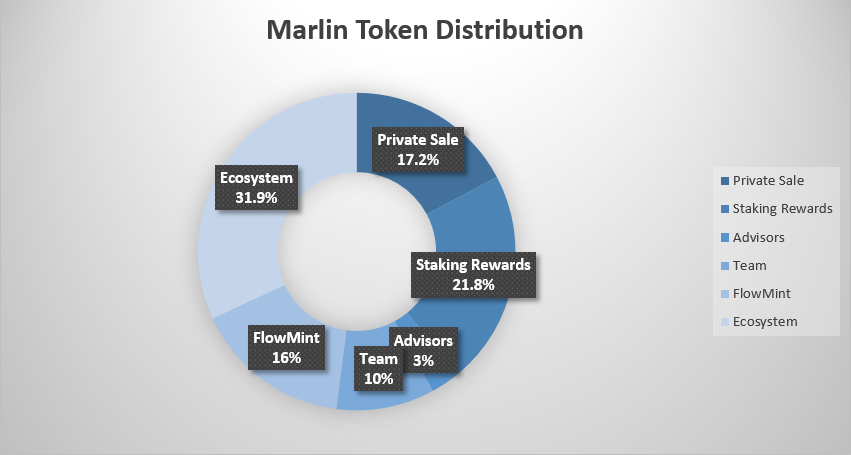
🔍 Token Allocation
- Marlin Ecosystem: 31.9%
- Private Sale: 17.2%
- Staking Rewards: 21.8%
- Mining: 16%
- Team: 10%
- Advisors: 3%
MARLIN (POND) FUTURE OUTLOOK
Looking ahead, Marlin has the potential to become a cornerstone of blockchain infrastructure as demand for faster, more scalable, and secure networks continues to grow. With the rise of DeFi, NFTs, and large-scale Web3 applications, latency and throughput are becoming increasingly critical — challenges that Marlin is uniquely positioned to solve with its Layer 0 architecture.
The dual-token model of POND and MPOND ensures both inclusivity and robust governance, balancing accessibility with strong alignment of long-term stakeholders. This mechanism can help maintain decentralization while also incentivizing high-performance network participation.
As more developers integrate the Marlin SDK and leverage its virtual network (Marlin VN), the protocol could expand into diverse use cases such as:
- DeFi Optimization: Enabling low-latency trading, arbitrage, and cross-chain liquidity aggregation.
- Web3 Gaming & Metaverse: Supporting seamless, real-time interactions across global decentralized environments.
- Enterprise Blockchain Adoption: Providing privacy-preserving and resilient networking solutions for institutions.
Ultimately, if Marlin continues to attract developers, expand its ecosystem, and strengthen its infrastructure reliability, POND could evolve into a key token underpinning the performance layer of the decentralized internet.

